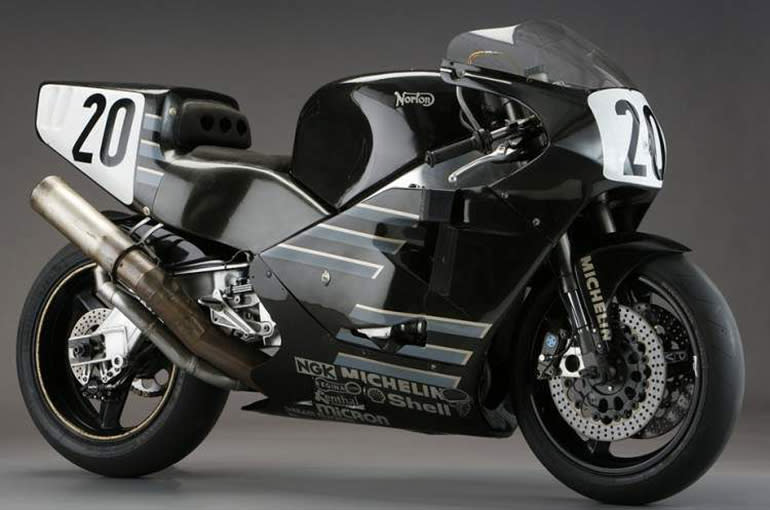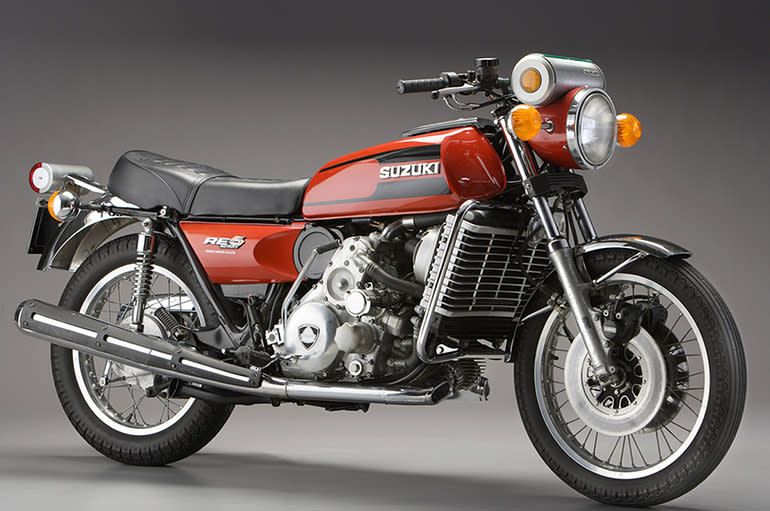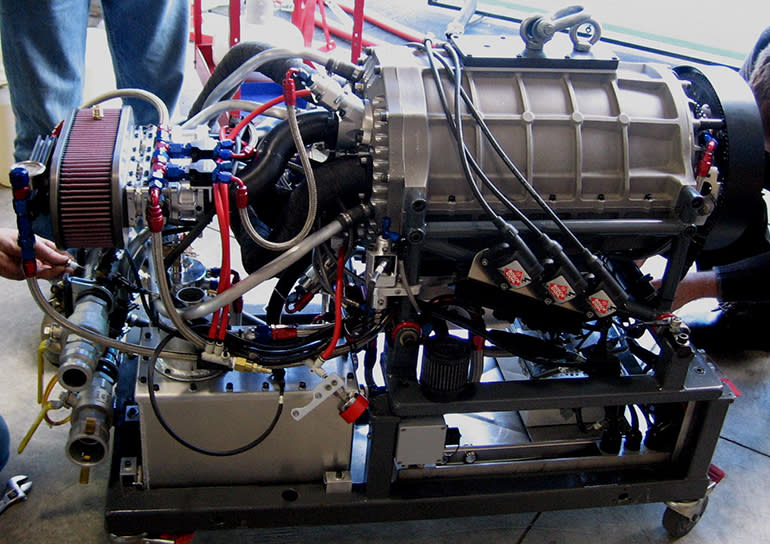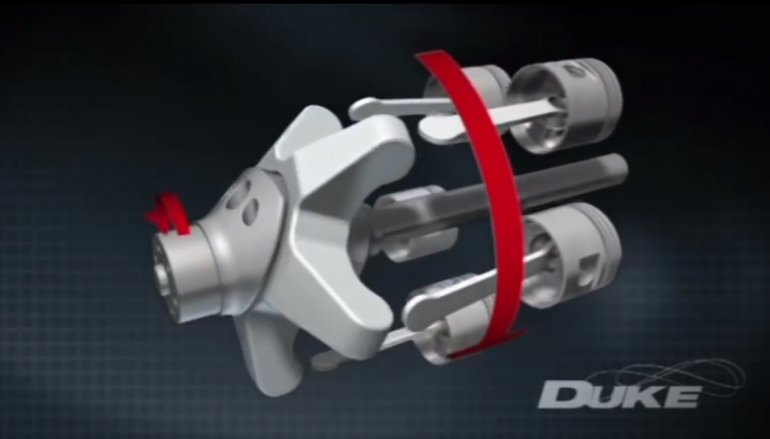The Tiny 5-Cylinder, 1,000cc Duke Axial Motorcycle Engine
Over the last few decades there have been some astounding technological advances in the world of motorcycles. Wiz Bang electronics that rival fighter jet avionics, space age chassis construction, Italian built brakes that can stop a freight train and engine components constructed of rare elements - these are normal attributes for motorcycles on the showroom floor. In this day and age has the development of new technologies reached their crescendo? If you ask someone at the New Zealand based Duke Engines, you'd get a firm no. Duke may have the next evolutionary step in gas-burning engines that may see its way to motorcycles: the axial.
READ MORE: Tips on Becoming a Better Motorcycle Rider | RideApart
The Duke axial engine is arguably one of the most advanced gas-burning engines ever made, but has it come it too late? As we're constantly reporting on advances in electric power, is the gas engine done for good regardless of the engineering power?

What is it?
For 17 years Duke’s opus has been the axial engine. “Situated around, in the direction of, on, or along an axis,” that's the definition of axial, so you may be able to guess how this valveless, compact engine works.
READ MORE: How To Break In A New Motorcycle Engine | RideApart
From the outside, Dukes' prototype appears to be un-cluttered and nothing like a conventional internal combustion engine. Currently the company is working on motors that fit within the aerospace, marine and automotive applications.

Motorcycles
The technology Duke is quietly perfecting is not just another hornswoggle; it looks to be both real and progressive. Interesting is the axial design and what it could offer the two-wheeled world as a lighter, smaller, smoother and equally powerful alternative to the contemporary engine.
There have been in the past some notable attempts to deliver unique engine options that have won championships and delivered quality to the market- some with great success. There are many configurations - V4, V twin, inline 3’s and 4’s, parallel twins, flat 4’s and Honda’s V5 GP engine to name a few. All of these variants featured camshafts and valves, while the Axial has neither. Some are probably even made with adamantium stolen from Wolverine, (well maybe not) - but who really knows what's actually in Honda’s GP RC211V engine?

The venerable Wankel engine is a stark contrast to high performance motors of today and it also possesses no such things as cams, valves (or adamantium). As a rotary engine it was designed with less parts but in the end couldn't deliver the performance with the required reliability.
In 1974 Suzuki produced its heavy Wankel RE5 but ended the model in 1976 and Norton won at the Isle of Man with their rotary powered NRS 588 piloted by Steve Hislop, winning the 1992 senior TT. Duke’s revolver arranged, 5-cylinder axial engine - although yet untested in a motorcycle - possesses several more qualities and improvements in comparison to the older rotary motor design.
One very important aspect is that it has gone through an exceptionally long development and there’s empirical data to prove performance. It could possibly take motorcycle design a step further - smaller physical size, smaller/lighter engine weight, less vibration, less moving parts, sans cam shafts and valves and a longitudinal crank that requires no counter balance shafts. The “so what?” is maybe found in the forces of physics that surround motorbikes, and how the Duke engine could counter them.

It's Not Science It's Magic
An expert once said - “The ability to destroy a planet is insignificant next to the power of the force.” One of these forces is what everyone knows as gyroscopic effect and its ability to magically interact with gravity. Not related to force choking or light saber skills however, these forces of real physics are just as cool.
Without having to open the textbook anyone who watches Marq Marquez drag his elbow at 60% lean angle knows that the force is a wondrous thing. Sport bikes by design are to operate at the very edge of physics and are ridden by racers that are good enough to do so. Add two spinning wheels, crankshaft, pistons, connecting rods, fly wheel, drive chain, cam belts, sprockets etc. all moving in directions that can counter the riders steering inputs and the rotation of the wheels.
With a transverse crank and output shaft (perpendicular to the direction of the bikes travel) it requires force to move the bike laterally due to the two gyros (wheels) and an engine that’s running at a high RPM. With the symmetrical Axial motor there’s little to no vibration with the engine spinning in a neutral direction, also not fighting as much with the gyroscopic effect of the spinning tires. This is a very interesting proposition. Of course, there are shaft driven motors, chassis and other options available to everyone right now that can help with bike stability.
Duke’s 1000cc motor is advertising a 1.14 to 1 power (hp) to weight (lbs.) ratio in a package that fits in a carry-on bag.
Time (and more importantly money) will tell if Duke's axial engines will literally get off the ground. According to the company there is the possibility in the short future that UAV’s and small aircraft will be using the axial engine for their power plants. A bigger hope for motorcycle fans is that one day they will see a Duke powered motorbike jumping Ballaugh Bridge at the Isle of Man or a bike available for purchase at the local dealer.

5 Cylinder, 1000cc, 125HP
Here are the specifics on the 5 cylinder, 1000cc prototype: 67 x 56 Bore and Stroke (mm), 125 HP @ 7,500 RPM (max engine output speed) with 119 NM of torque. The engine weight is 86 pounds including ancillary parts- minus the starter-generator. The bare engine dimensions are diminutive-16.69 L x 9.52 W x 9.52 H (inches).
READ MORE: The Future of Motorcycling, We Ride the Honda NM4 - RideApart
Photos courtesy of Duke Engines

Follow RideApart on Facebook and Twitter, along with @RideApart on Instagram.

 Yahoo Autos
Yahoo Autos 
